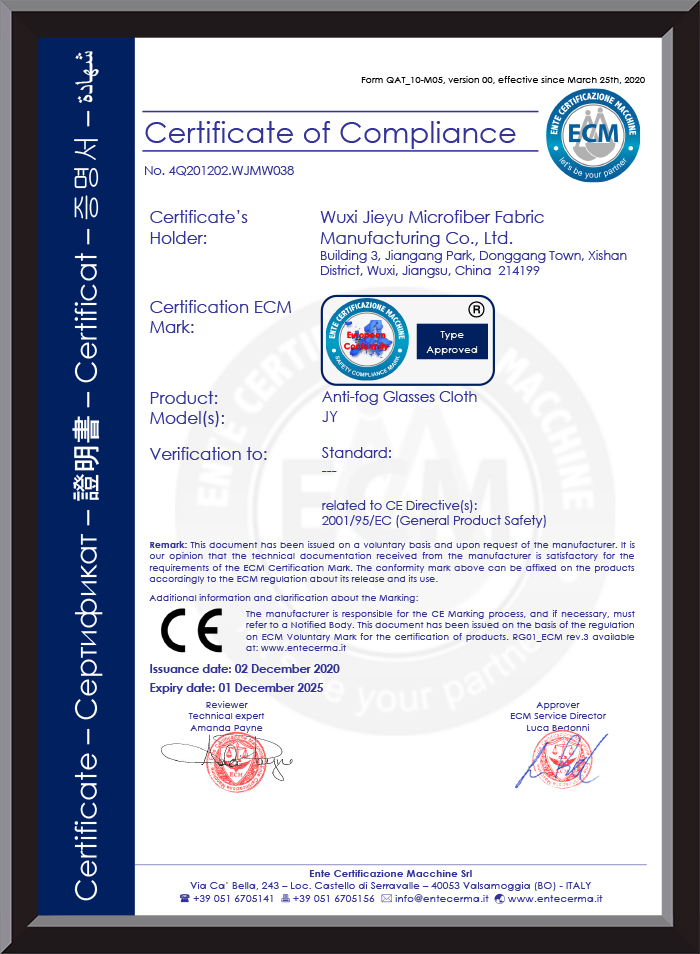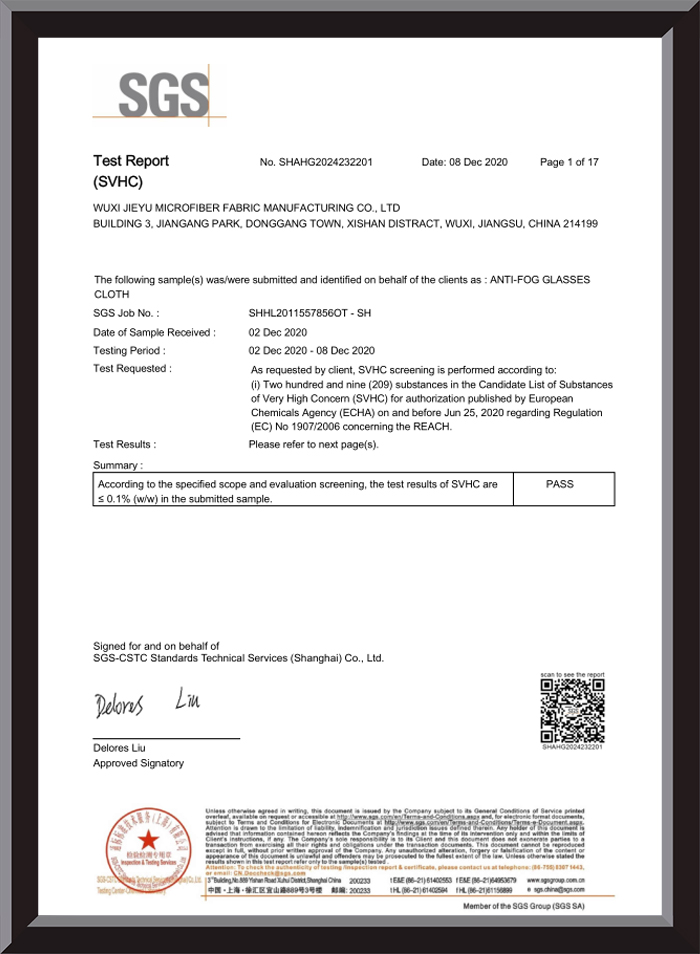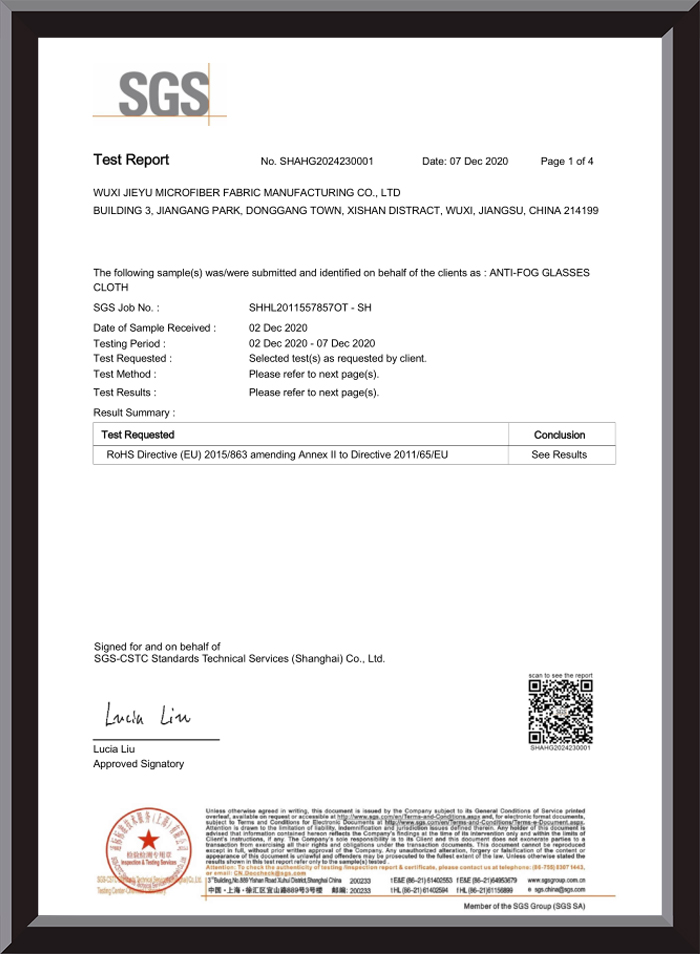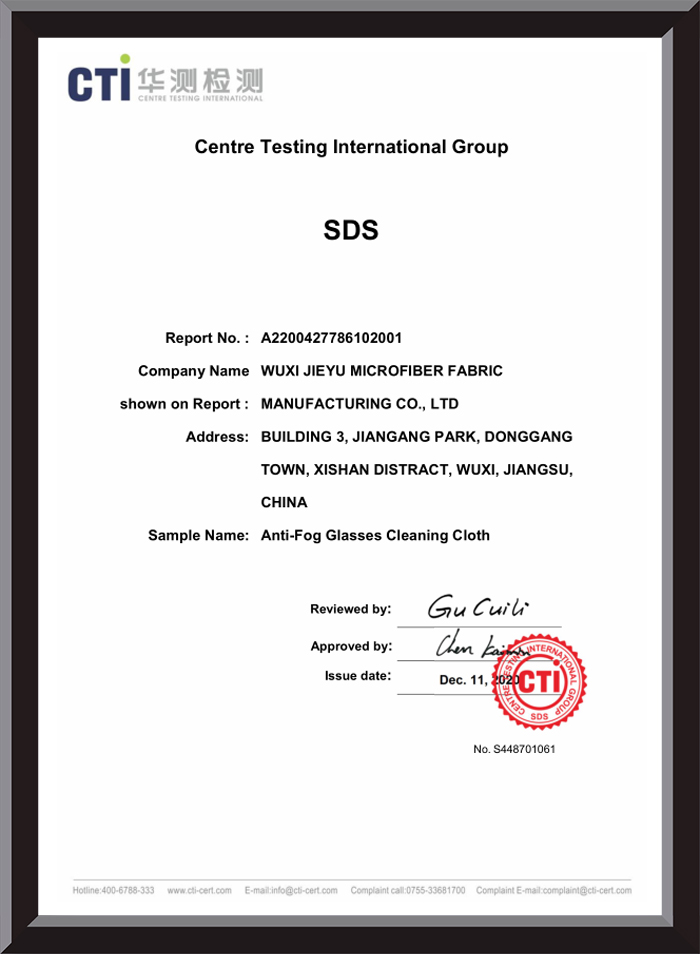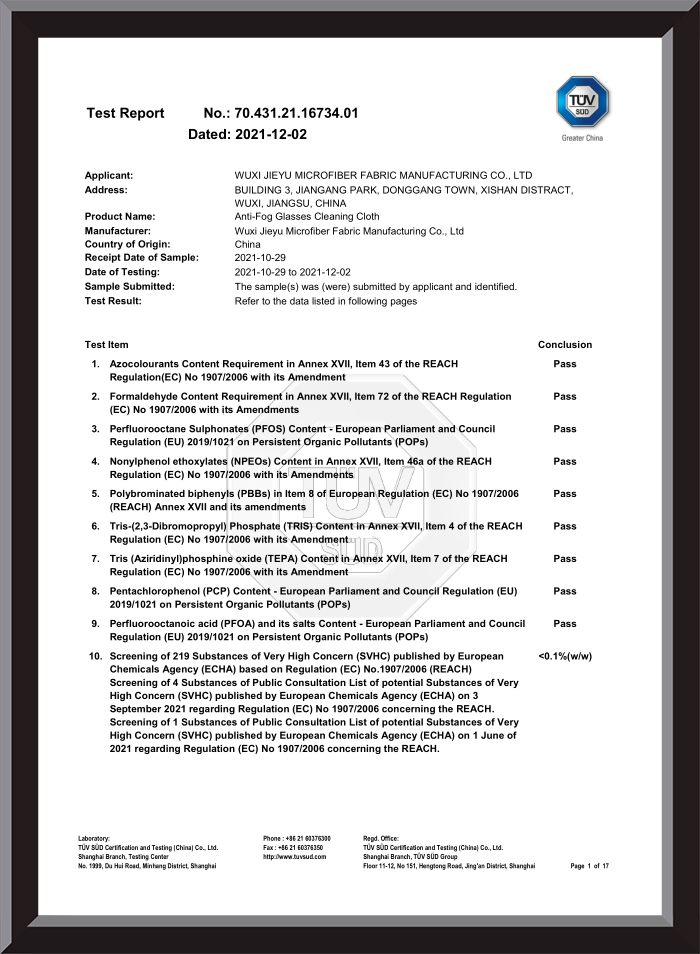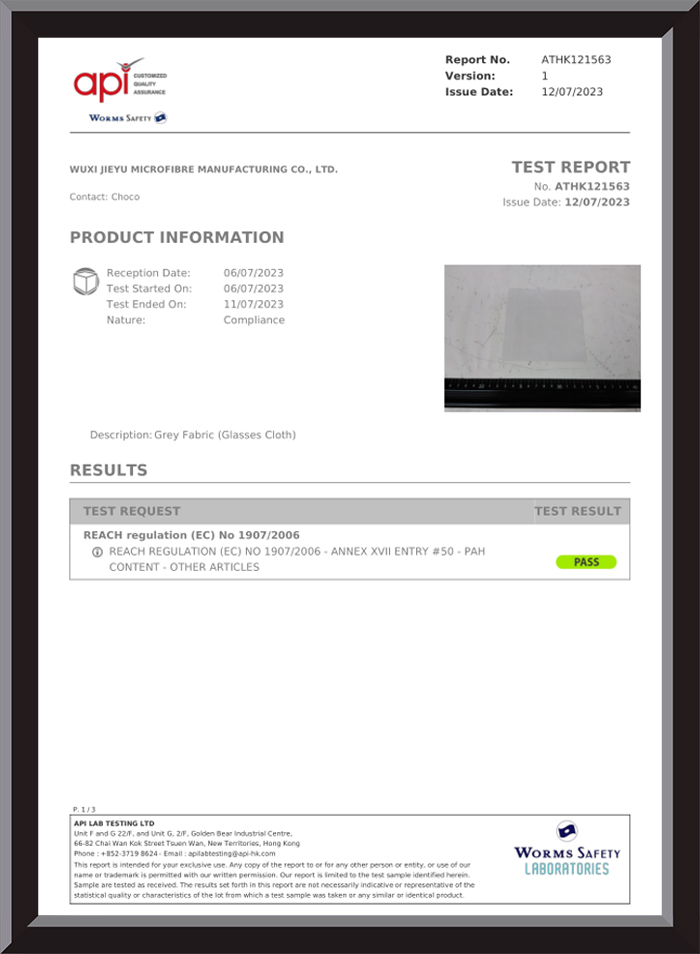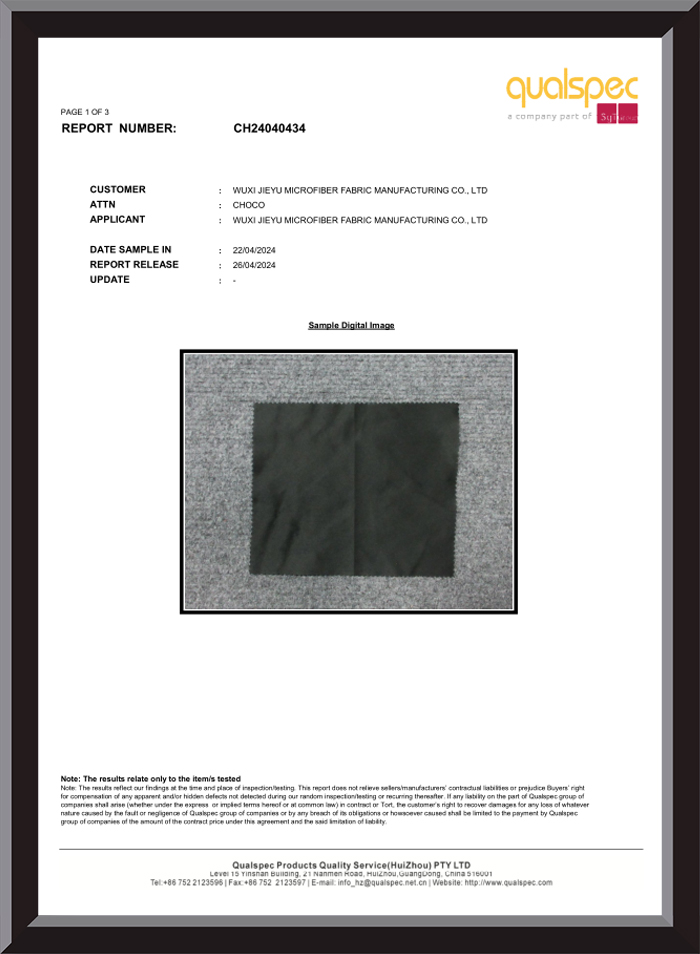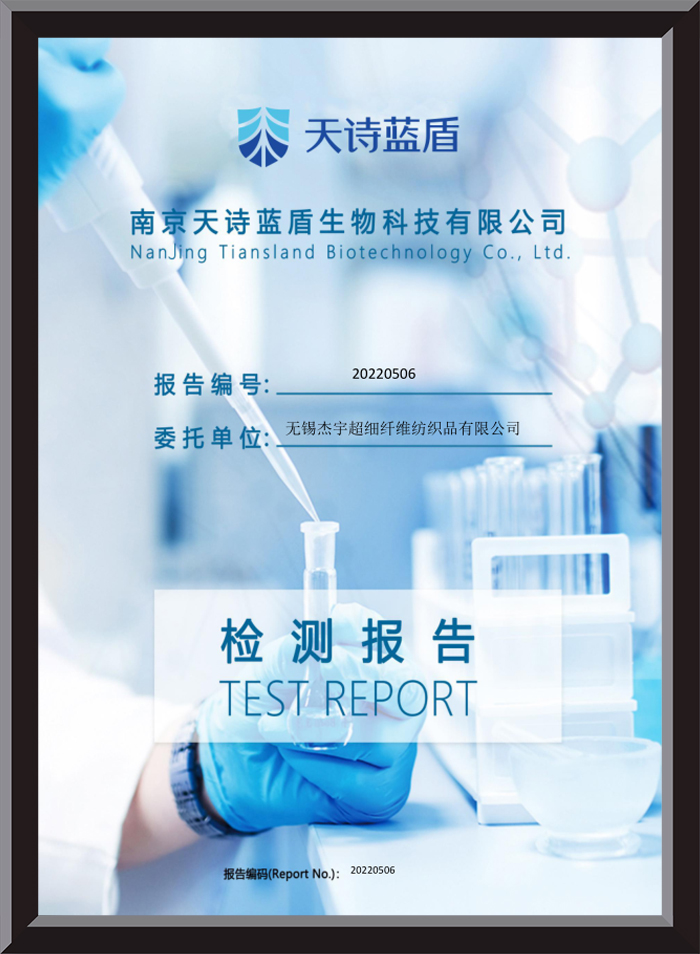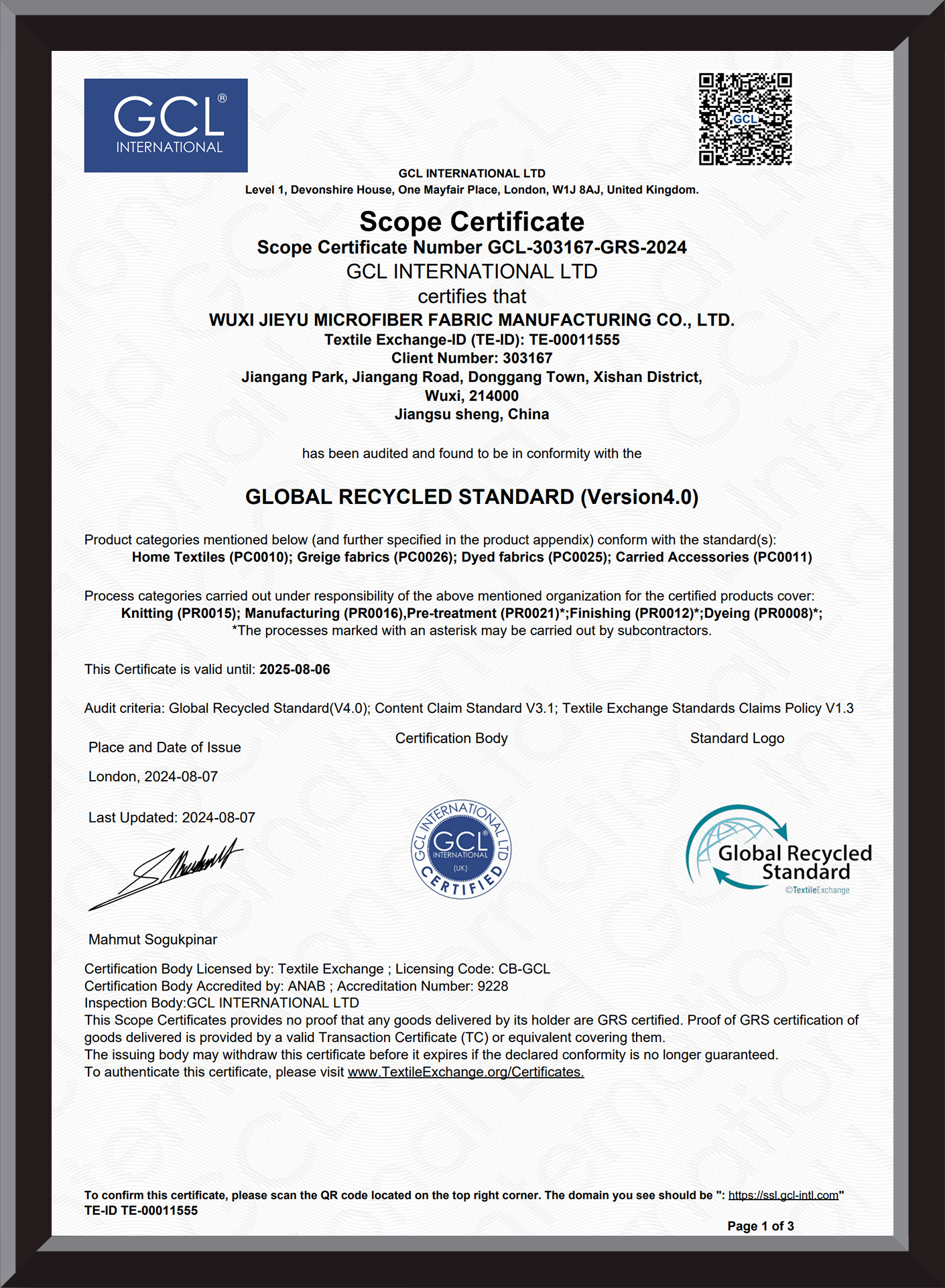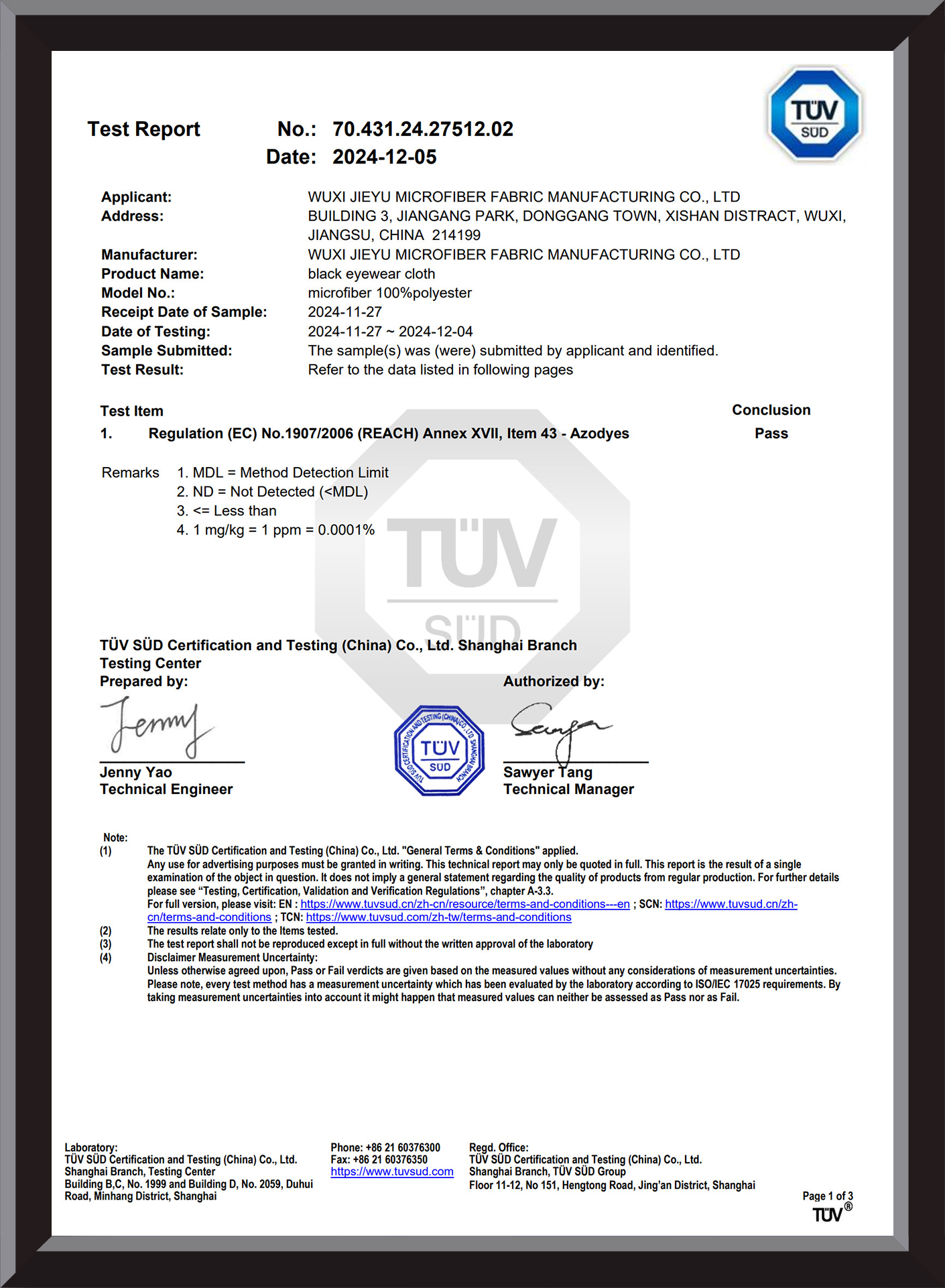Effectively Incorporate Branding into Jewelry Bag Designs
Effectively incorporating branding into jewelry bag designs can enhance brand recognition, communicate quality, and create a lasting impression on customers. Here are several strategies to consider:
Logo Placement:Prominent Display: Position the logo in a visible area, such as the front or center of the bag, ensuring it’s easily recognizable.
Subtle Branding: For a more understated approach, consider placing the logo inside the bag or on a small tag, appealing to consumers who prefer a minimalist aesthetic.
Color Palette:Brand Colors: Use brand colors consistently in the bag’s design to create visual cohesion with other branding materials.
Color Psychology: Choose colors that resonate with the brand’s identity and the emotions you want to evoke (e.g., luxury, tranquility, playfulness).
Material Selection:Quality Materials: Opt for high-quality materials that reflect the brand’s values, such as eco-friendly fabrics or luxurious textiles, to enhance the perceived value.Textured Elements: Incorporate textures that align with the brand’s personality, such as soft velvets for a luxurious feel or sturdy canvas for a more casual vibe.
Design Elements:Patterns and Motifs: Integrate brand-related patterns or motifs that resonate with the brand story or target audience. This could include floral prints for a feminine brand or geometric designs for a modern, edgy feel.Unique Shapes: Consider unique bag shapes that differentiate the brand from competitors and become recognizable.
Functional Features:Customized Compartments: Design compartments that cater to the specific types of jewelry sold, subtly reinforcing the brand’s expertise and attention to detail.Practical Additions: Include features like drawstrings or magnetic closures that are branded but also serve a functional purpose, enhancing user experience.
Sustainable Practices:Eco-Friendly Branding: If sustainability is a core brand value, communicate this through eco-friendly materials and practices. Use labels that highlight the sustainable nature of the bag.Storytelling: Share the story of how the bags are made, emphasizing ethical sourcing and production, which aligns with eco-conscious branding.
Personalization Options:Customizable Bags: Offer options for customers to personalize their jewelry bags with their names or initials, creating a unique connection to the brand.Limited Editions: Create special edition bags with unique designs that can create buzz and encourage brand loyalty.
Packaging Consistency:Cohesive Presentation: Ensure that the jewelry bags and packaging work together seamlessly. Use branded tissue paper, tags, or stickers to enhance the unboxing experience.Story Behind the Brand: Include a card or tag that tells the brand’s story, reinforcing the connection between the jewelry and the brand values.
Social Media Integration:Hashtags and QR Codes: Incorporate social media handles or hashtags on the bags, encouraging customers to share their purchases online. QR codes can lead to promotional content or discounts.Visual Appeal: Design the bags to be photogenic, encouraging customers to showcase them on social media platforms, further promoting the brand.
Quality Assurance:Attention to Detail: Ensure the craftsmanship of the bags reflects the brand’s commitment to quality. Small details like stitching, lining, and finishes can enhance the overall impression of the brand.Consistent Brand Experience: Every aspect of the jewelry bag should align with the brand’s overall identity, providing a cohesive experience for customers.
Feedback and Adaptation:Consumer Insights: Gather feedback on design elements and branding approaches from customers to refine and adapt future jewelry bag designs.Trend Awareness: Stay updated on design and consumer trends to ensure that branding remains relevant and appealing.
By strategically incorporating branding into jewelry bag designs, brands can create a stronger identity, foster customer loyalty, and enhance the overall appeal of their products.
Fabric Choice Affects the Perceived Value of Jewelry Bags
The choice of fabric significantly impacts the perceived value of jewelry bags, influencing how consumers view their quality, luxury, and functionality. Here's how different fabric choices affect perception:
Luxury Fabrics:Silk, Satin, or Velvet: These materials are often associated with luxury and elegance. Using these fabrics in jewelry bags creates a high-end, premium feel, enhancing the perceived value of both the bag and the jewelry it holds. The soft texture and lustrous appearance of these fabrics suggest quality and exclusivity, making them popular choices for luxury brands.Impact on Perception: Silk or velvet bags convey sophistication, making the jewelry appear more valuable, especially for high-end pieces.
Natural Fabrics:Cotton, Linen, or Canvas: Natural fabrics, particularly organic or sustainably sourced, can appeal to eco-conscious consumers. While these materials may not have the same luxurious feel as satin or velvet, they reflect craftsmanship and attention to environmental impact.Impact on Perception: Natural fabrics give an artisanal and eco-friendly impression. Cotton or linen bags may be seen as earthy and simple, suitable for casual or bohemian-style jewelry.
Synthetic Fabrics:Nylon, Polyester, or Microfiber: These materials are generally more durable and resistant to wear, often chosen for practical purposes. While they may lack the tactile appeal of silk or velvet, they offer functionality and longevity, which some consumers may value more.Impact on Perception: Synthetic fabrics can be perceived as less luxurious but practical. Depending on the design, they may be seen as budget-friendly, reliable, and utilitarian, ideal for everyday jewelry storage or travel.
Sustainability and Eco-Friendly Materials:Recycled or Biodegradable Fabrics: With growing interest in sustainability, eco-friendly fabrics (such as recycled polyester or biodegradable cotton) can add value for consumers who prioritize environmental impact. The choice of sustainable materials can elevate the brand's image by aligning with ethical practices.Impact on Perception: These fabrics create an impression of modern, responsible luxury. Consumers often view brands using sustainable materials as higher quality, adding perceived value to the product, even if the fabric isn't inherently luxurious.
Texture and Finishes:Textured Fabrics (Jacquard, Embroidery, or Quilted): The addition of texture through quilting, embroidery, or pattern weaves (like jacquard) adds depth and intricacy to the jewelry bag, making it appear more sophisticated. These features can enhance both visual and tactile appeal, increasing the perceived craftsmanship.Impact on Perception: Textured fabrics indicate careful attention to detail, craftsmanship, and premium quality, elevating the jewelry bag's perceived value.
Durability and Protection:Thicker, Padded Materials: Fabrics that offer padding or extra durability provide functional protection for delicate jewelry. Heavier fabrics with cushioning or linings can suggest higher quality because they provide both aesthetic value and practical benefits.Impact on Perception: Bags made from thicker, padded fabrics may be seen as more protective and reliable, adding value for consumers concerned with jewelry care.
Customization and Personalization:Fabric Adaptability for Branding: Certain fabrics are easier to customize with logos, patterns, or monograms (e.g., cotton or canvas), while others may be more challenging (e.g., silk or velvet). The choice of fabric can influence how well branding elements are incorporated, which affects the overall consumer perception of the brand.Impact on Perception: Customizable fabrics can add a personal touch, increasing the emotional value for consumers and making the bag feel more exclusive.
Market Segment Targeting:Alignment with Price Point and Market Expectations: The fabric choice should align with the target market. For example, silk or velvet works well for luxury or designer jewelry, whereas canvas or cotton may be appropriate for handmade or boho-style jewelry.Impact on Perception: If the fabric aligns with the expected price point and market positioning, the perceived value of the jewelry bag will match consumer expectations. Misalignment (e.g., using cheap fabric for high-end jewelry) can hurt brand perception.
The fabric choice for jewelry bags plays a crucial role in determining how consumers perceive value. Luxurious fabrics elevate the bag and the jewelry it holds, while practical, durable, or sustainable materials cater to different consumer needs. By aligning fabric selection with brand identity, functionality, and target market preferences, brands can enhance the perceived quality and value of their jewelry bags.
 English
English 日本語
日本語

